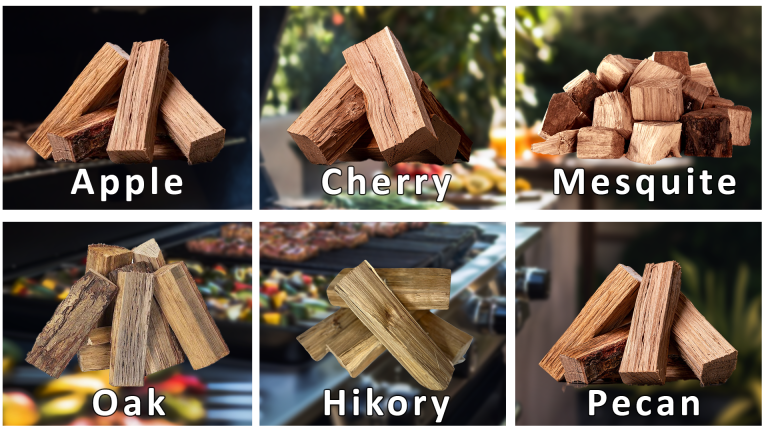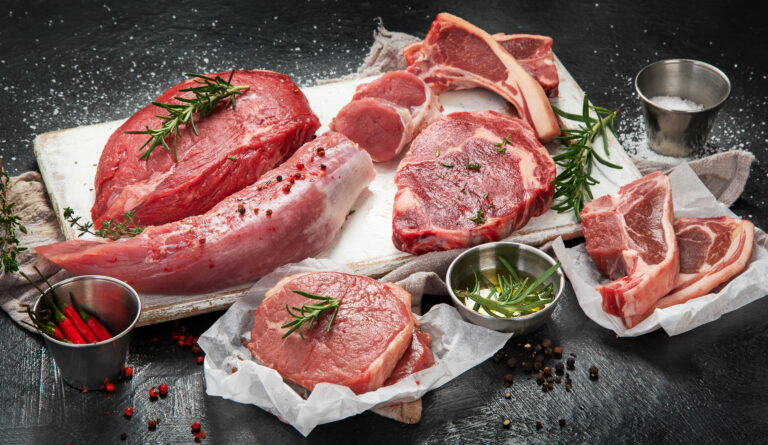7 Techniques for Cooking Beef to Perfection Every Time
Transform meals with easy beef techniques: marinating for flavor, grilling for texture, roasting for tenderness, pan-searing for quick meals, and slow-cooking for tender results. Stir-frying offers a fast, tasty option. Choose the right cuts and follow specific methods for best results.
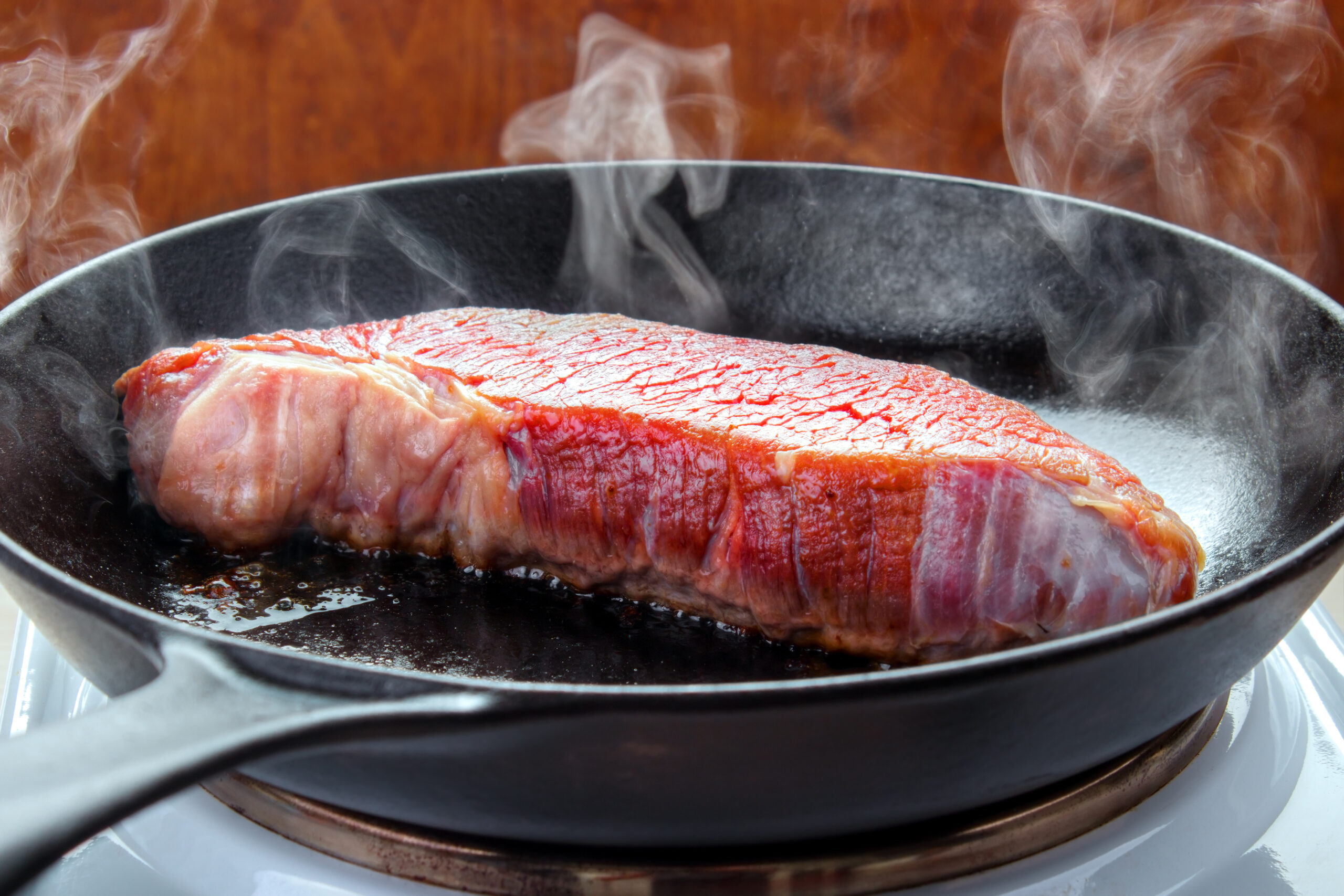
Cooking beef doesn’t have to be complicated or time-consuming. With a few simple techniques, you can create delicious, tender dishes that impress every time.
Disclosure: As an Amazon Associate, this site earns from qualifying purchases. Thank you!
Marinading Beef for Flavor Enhancement
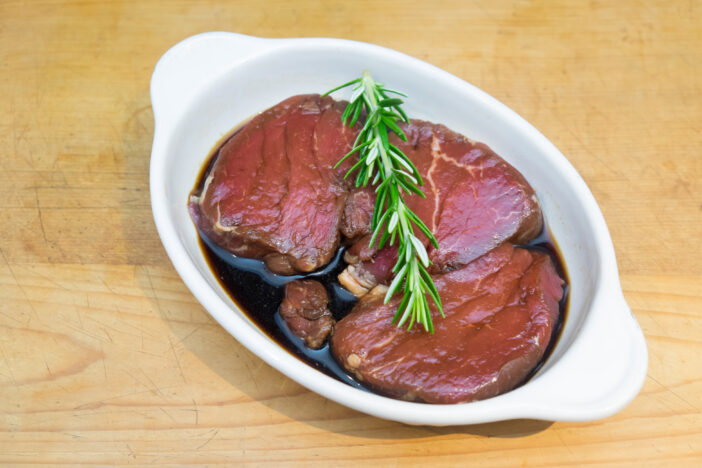
Elevating the taste of your beef can be effortless with the right marinading techniques.
Choosing the Right Marinades
Selecting a marinade is crucial. Combine acid, oil, and seasoning. Use ingredients like soy sauce, lemon juice, garlic, or herbs. Balance is key. Too much acid can toughen meat.
Tips for Effective Marinading
Marinate beef in a sealed container. Refrigerate for at least 30 minutes. For tougher cuts, marinate for up to 24 hours. Always discard used marinade to avoid contamination.
Mastering the Art of Grilling Beef
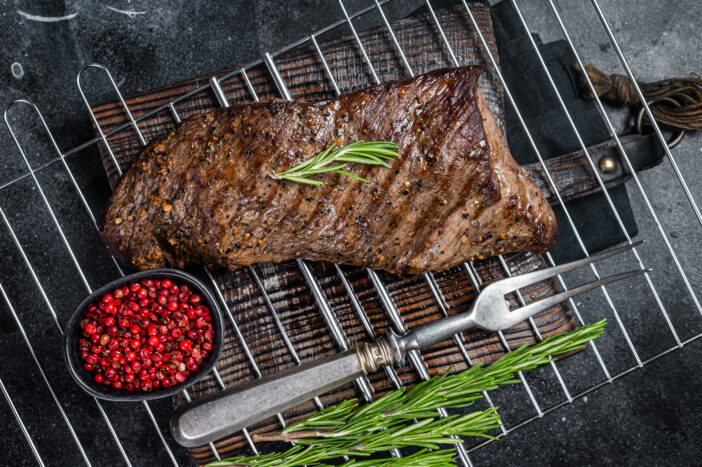
Grilling beef can elevate its flavors and texture when done right. Follow these expert tips for mouthwatering results.
Preparing Your Grill
- Clean your grill grates. Use a wire brush to remove residue from previous sessions.
- Preheat your grill. Ensure it reaches the desired temperature before placing the beef on it.
- Oil the grates. Prevent sticking by lightly coating the grates with oil using a paper towel or brush.
Grilling Techniques for Different Cuts
- Ribeye: Grill over high heat for 4-5 minutes per side for medium-rare. Let it rest before serving.
- Filet Mignon: Use a two-zone grilling method. Sear over high heat, then move to a cooler side to finish.
- Skirt Steak: Cook quickly over high heat. Grill for 2-3 minutes per side and slice against the grain.
- Flank Steak: Marinate and grill over medium-high heat. Cook for 4-5 minutes per side, rest, then slice thin.
Perfecting Beef Roasting
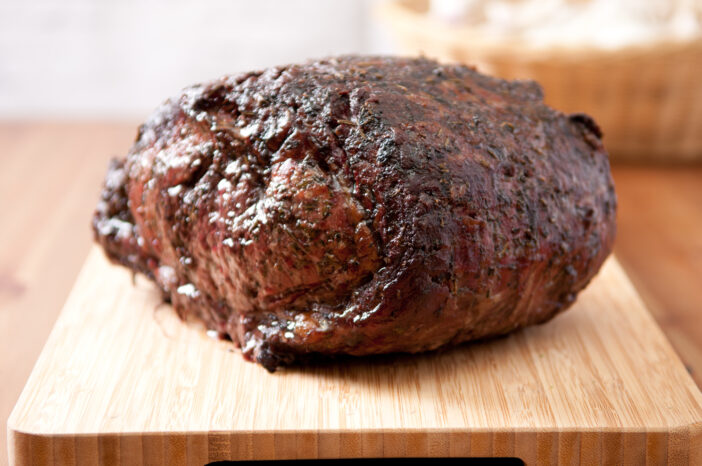
Roasting beef can yield tender, flavorful results with the right techniques. Here’s how to achieve perfection every time.
Choosing the Roast
Pick the right cut to ensure a succulent roast:
- Prime Rib: A classic choice, known for its marbling and flavor.
- Top Sirloin: Leaner than rib but still tender—ideal for a healthier option.
- Chuck Roast: Best for slow roasting and renders deliciously tender meat.
- Tenderloin: Luxurious, tender cut suitable for special occasions.
Roasting Times and Temperatures
Nail precise cooking to keep your beef juicy:
- Rare: Roast at 450°F for 15 minutes. Lower to 325°F and cook for 11-13 minutes per pound.
- Medium-Rare: Start at 450°F for 15 minutes, then 325°F for 13-15 minutes per pound.
- Medium: Begin at 450°F for 15 minutes, drop to 325°F, and cook for 15-17 minutes per pound.
- Well-Done: Roast at 450°F for 15 minutes, reduce to 325°F, and continue for 17-20 minutes per pound.
Pan-Searing Beef for Quick Meals
Pan-searing beef is a quick way to enjoy a delicious meal without a lot of fuss. Perfect for busy nights.
Best Cuts for Pan-Searing
Choose cuts like sirloin, ribeye, and filet mignon for the best results. These cuts sear quickly and stay tender inside. Opt for thin cuts, around 1 inch thick, for an even cook.
How to Sear Beef Properly
- Preheat your pan: Use a heavy skillet like cast iron. Medium-high heat works best.
- Pat beef dry: Moisture prevents a good sear. Use paper towels to dry the surface.
- Season generously: Use salt and pepper before the meat hits the pan.
- Add oil: A high smoke point oil like avocado or canola works best. Heat until just smoking.
- Sear without moving: Place beef in the pan, don’t move it for 3-4 minutes. This creates a flavorful crust.
- Flip and finish: Turn beef, and sear for another 3-4 minutes. For thicker cuts, reduce heat and cook to desired doneness. Use an instant-read thermometer for accuracy. Aim for 125°F for rare, 135°F for medium-rare, and 145°F for medium.
- Rest before serving: Let beef rest for 5 minutes to allow juices to redistribute.
These steps ensure a juicy and flavorful result, perfect for any quick meal.
Slow Cooking Beef for Tenderness
Setting Up Your Slow Cooker
Start by prepping your slow cooker. Plug it in, and set it to low or high, depending on your meal schedule. Preheat for optimal performance. Use a slow cooker liner for easy cleanup.
Best Beef Cuts for Slow Cooking
Choose tougher cuts like chuck roast, brisket, or short ribs. They break down over long hours, becoming tender. Trim excess fat but keep some for flavor.
Stir-Frying Beef for Fast and Delicious Meals
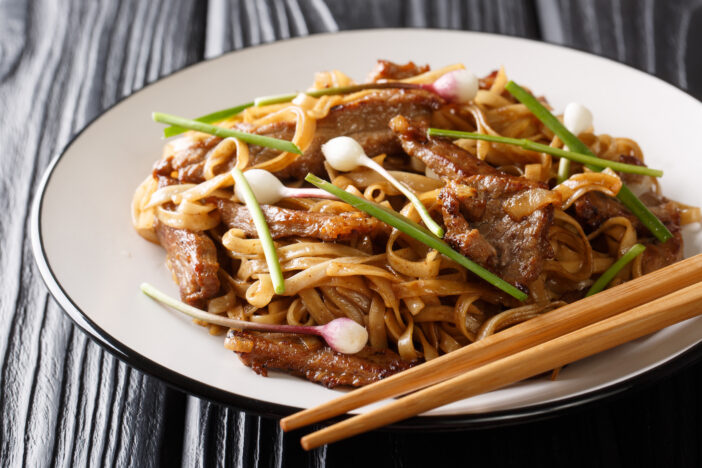
Stir-frying lets you whip up a quick, tasty meal with beef. It’s simple and packs a lot of flavors.
Preparing Ingredients for Stir-Fry
- Choose the Right Cut: Opt for tender cuts like flank steak, sirloin, or filet mignon.
- Slice Thin: Slice beef thinly against the grain to ensure it cooks quickly and stays tender.
- Prep Veggies: Cut your vegetables evenly. Popular choices include bell peppers, broccoli, snap peas, and carrots.
- Marinate: Use a quick marinade of soy sauce, garlic, ginger, and a pinch of sugar.
Cooking Tips
- High Heat: Heat your wok or skillet until it’s smoking hot.
- Oil Wisely: Use oils with high smoking points like peanut or canola oil.
- Cook in Batches: Stir-fry beef in small batches to avoid overcrowding the pan.
- Stir Constantly: Keep the beef moving to cook it evenly and prevent burning.
- Combine: Add vegetables and sauce once the beef is cooked through.
Stir-frying beef delivers fast, delicious results in minutes.
Frequently Asked Questions
What are the best cuts of beef for grilling?
For grilling, the best cuts of beef include ribeye, sirloin, and T-bone steaks. These cuts are well-marbled and flavorful, making them perfect for high-heat cooking.
How long should beef be marinated?
Beef should be marinated for at least 30 minutes to allow the flavors to penetrate the meat. For deeper flavor, marinate for up to 24 hours in the refrigerator.
What’s the key to a perfect roast beef?
The key to perfect roast beef is selecting the right cut, such as a rib roast or tenderloin, and cooking it at a consistent, moderate temperature until it reaches your desired level of doneness.
What is the ideal way to pan-sear beef?
To pan-sear beef, use a heavy skillet, heat oil over high heat until smoking, then sear the beef on both sides until a crust forms. Finish cooking to your preferred doneness.
How do you slow cook beef for tender results?
For tender slow-cooked beef, choose cuts like chuck or brisket, and cook on low heat for 6-8 hours with added liquid and seasonings to keep the meat moist and enhance flavor.
What’s the best beef cut for stir-frying?
The best beef cuts for stir-frying include flank steak and sirloin. These cuts are tender when sliced thinly against the grain and cooked quickly over high heat.
How do you prepare vegetables for stir-frying?
Prepare vegetables for stir-frying by cutting them into uniform, bite-sized pieces to ensure they cook evenly and quickly during the high-heat process.
Why is high heat important in stir-frying?
High heat is important in stir-frying because it quickly seals in juices, locks in flavors, and ensures the beef and vegetables cook in minutes without becoming overcooked.
How should beef be sliced for stir-frying?
Beef should be sliced thinly against the grain for stir-frying to ensure tenderness and even cooking. Bite-sized pieces are ideal for quick, high-heat cooking.
What’s the benefit of cooking beef in batches when stir-frying?
Cooking the beef in batches prevents overcrowding in the pan, allowing each piece to sear properly and develop maximum flavor instead of steaming.



